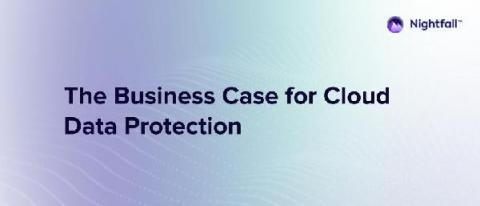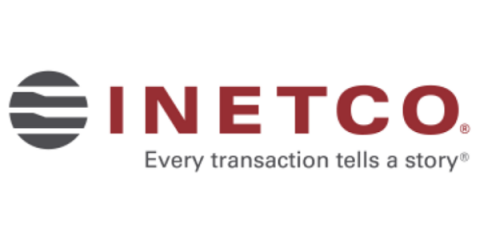Cloud Data Protection: What You Need to Know
It’s no surprise that cloud adoption continues to be a major force impacting organizations today. A 2020 McKinsey survey indicated that many organizations saw several years worth of digital transformation take place in 2020. An IDG survey, which we referenced in our Securing Best of Breed SaaS Applications webinar, suggested that 95% of organizations expect to be partly or fully in the cloud by the end of 2021, with almost half the applications used by their workforce being SaaS or open source.











